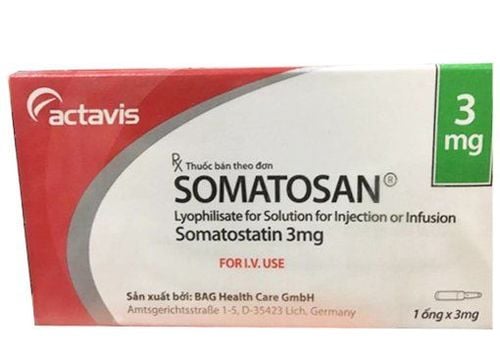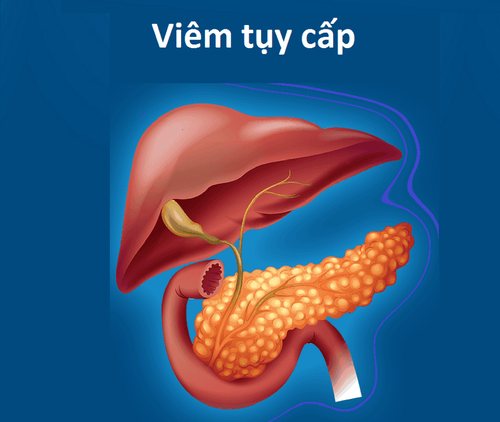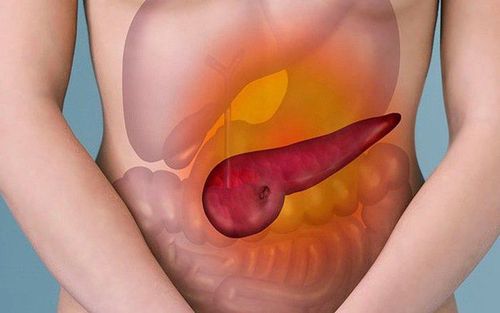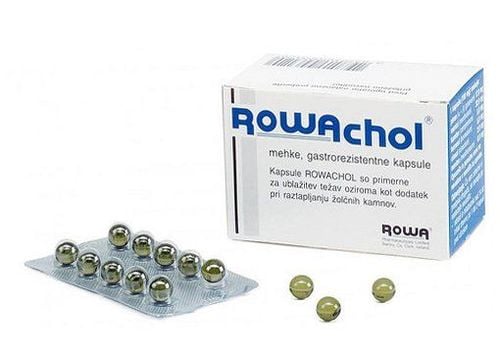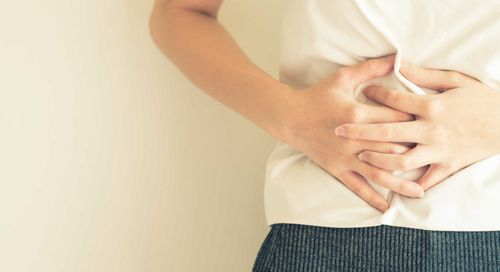This is an automatically translated article.
The article was professionally consulted by Specialist Doctor I Dong Xuan Ha - Gastroenterologist - Department of Medical Examination and Internal Medicine - Vinmec Ha Long International General Hospital. With 14 years of experience in the field of Endoscopy - Gastroenterology, Doctor Dong Xuan Ha has proficiently performed diagnostic gastrointestinal endoscopy techniques, emergency interventions and therapeutic interventions.Gallstones are a common disease, with many serious complications, high mortality rate. The mortality rate after surgery was 10% before, now it is about 1%.
If not treated early, the disease can cause extremely dangerous complications.
1. What is biliary obstruction due to stones?
Gallstone or gallstone obstruction is a condition in which bile duct stones block the passage of bile inside or outside the liver, partially or completely, depending on the location of the stone.Gallstones are divided into two main groups, intrahepatic and extrahepatic, and extrahepatic gallstones further divided into common bile duct stones and gallstones. The gallbladder is a small pear-shaped organ located just below the liver. The gallbladder stores bile, a fluid that helps the body digest fats.
Normally, the gallbladder fills with bile between meals. Then, when you eat fat, the gallbladder expels all the bile into the intestines.
Sometimes, gallstones will interfere with this secretion of bile. In addition, gallstones can irritate the gallbladder causing inflammation. If gallstones are pushed out of the gallbladder, they can cause biliary obstruction affecting the liver or pancreas.
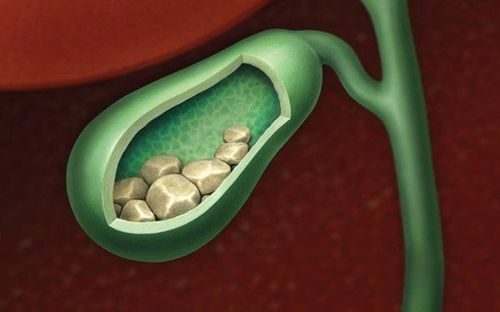
2. Symptoms of gallstone disease
Symptoms of gallstone disease include:Pain : The first is pain. At first, the pain is sharp, then it can be continuous. Pain in the right lower quadrant, spreading to the right shoulder, to the back. Fever: After a few days of pain, there is usually a fever of 38-39o, often accompanied by chills. Jaundice: Then yellow eyes then yellow skin. Dark yellow urine, pale stools. There may be associated vomiting
3. Distinguishing biliary obstruction from other diseases
A common symptom of biliary obstruction is generally jaundice. Therefore, it should be distinguished from diseases that cause jaundice such as:Mirizzi syndrome Caroli disease Carcinoma of the bile ducts Cancer of the head of the pancreas Cancer of the ampulla of Vater Other diseases include: viral hepatitis, drug poisoning... but usually these diseases cause less pain to the patient.
4. Complications of biliary obstruction due to stones
Complications of gallstones are divided into 2 categories: acute complications and chronic complications4.1 Acute complications Peritoneal cholecystitis Biliary peritonitis Biliary septic shock Acute cholelithiasis Hepatobiliary tract) Acute cholecystitis Pancreatitis due to gallstones Purulent cholangitis and biliary abscess Bleeding from gallstones 4.2 Chronic complications Cholestatic cirrhosis Chronic pancreatitis
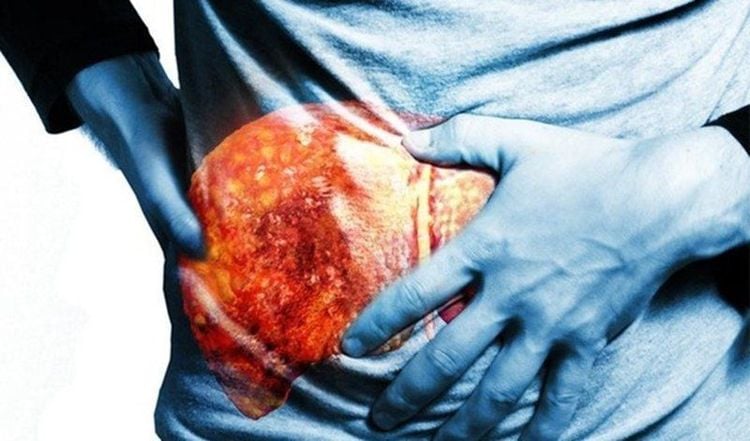
5. Treatment of gallstone disease
Currently, there are several options for the treatment of gallstones. Includes:No treatment - This is the optimal choice for asymptomatic patients. If symptoms begin, further options should be considered. Depending on the location of the stone blockage, there are different treatment options. Endoscopic retrograde cholangiopancreatography (ERCP) removal of common bile duct stones, now with many advances can also remove intrahepatic bile duct stones. Percutaneous lithotripsy, surgery: Treatment of gallstones in the liver. Cholecystectomy with gallstones – Cholecystectomy is a daily operation in the US. But it does have some risks, because of the use of anesthesia. This surgery does not have much to do with digestive problems. But in half of patients after surgery, there may be mild symptoms such as loose stools, bloating, or abdominal distension. These discomforts will usually subside on their own. Patients who have had their cholecystectomy do not need to worry about the return of gallstones.
Treatment removes gallstones but keeps the gallbladder – The patient will take medication to dissolve the gallstones. This method can work, but it takes time – months to years. Patients with severe symptoms do not want to wait too long to feel less uncomfortable. In addition, the stones may recur after treatment.
Please dial HOTLINE for more information or register for an appointment HERE. Download MyVinmec app to make appointments faster and to manage your bookings easily.





